Receiving a visa refusal can feel like a brick wall, but it’s often more like a hurdle. Your immediate reaction is important for what happens next. Here’s what you need to do, step-by-step:
Step 1: Read the Refusal Letter Carefully (Multiple Times!)
This is the most critical first action. The refusal letter from the Home Office (UK Visas and Immigration – UKVI) is your golden ticket to understanding what went wrong.
- What to look for:
- Reasons for Refusal: The letter must clearly state the specific paragraphs of the immigration rules your application failed to meet.
- Evidence Cited: It will often list the documents (or lack thereof) that led to the refusal.
- Appeal Rights: Crucially, it will tell you if you have the right to an Administrative Review or a Full Appeal. This is fundamental to your options.
- Don’t skim: Read every sentence, every paragraph. Highlight the key points. Understanding the precise reason for refusal is the foundation of your next move.
Step 2: Understand Your Options (Administrative Review vs. Appeal)
Based on the refusal letter, you’ll generally have one of two main routes:
- 1. Administrative Review (AR):
- What it is: This is typically offered for most visa refusals where you believe the Home Office made a mistake in applying the immigration rules or considering the evidence you provided.
- When to use it: Use this if you believe the decision was based on an error by the caseworker (e.g., they missed a document, misread something, or misapplied a rule to the evidence you did submit). You cannot submit new evidence that wasn’t part of your original application.
- Timeline: You usually have 28 calendar days from the date of the refusal letter to apply for an Administrative Review (7 days if you applied inside the UK). This deadline is strict!
- Cost: There’s a fee for an Administrative Review.
- 2. Full Appeal (Immigration Tribunal):
- What it is: This is a more formal legal challenge heard by an independent immigration judge in a First-tier Tribunal.
- When to use it: This right is usually granted only for refusals based on human rights grounds (e.g., your right to family life under Article 8 of the European Convention on Human Rights) or asylum claims. It’s much rarer for standard visa applications like Skilled Worker or Student Visas unless a human rights argument is explicitly engaged.
- Timeline: You usually have 14 calendar days to appeal if you’re in the UK, or 28 days if you’re outside the UK.
- New evidence: You can often submit new evidence to support your case in an appeal.
- No Right of Review/Appeal: In some cases, the refusal letter might state you have no right to an Administrative Review or appeal. If this happens, your only option is usually to make a fresh application (see Step 4).
Step 3: Seek Expert Advice (Highly Recommended!)
Before you do anything else, especially if the refusal reasons are complex or if you have a right to an appeal, get legal advice.
- Who to contact:
- An experienced UK immigration solicitor or barrister.
- An OISC-regulated immigration adviser. (The Office of the Immigration Services Commissioner regulates immigration advisers in the UK).
- Reputable immigration charities like Citizens Advice or Shelter (for housing-related visa issues).
- Why get advice? They can:
- Interpret the refusal letter accurately.
- Advise you on the best course of action (AR, appeal, or fresh application).
- Help you prepare and submit a strong Administrative Review or appeal.
- Identify if you actually do have human rights grounds for appeal, even if not immediately obvious.
Step 4: Consider a Fresh Application (Your Backup Plan)
If you don’t have the right to an Administrative Review or appeal, or if legal advice suggests that an AR/appeal is unlikely to succeed, your best course of action is often to make a fresh application.
- When to do this:
- The refusal was due to a simple error you made (e.g., missing document, wrong form, insufficient funds initially).
- You can now meet the requirements that you previously failed (e.g., you now have enough funds, or the correct English test certificate).
- You have new evidence that directly addresses the refusal reasons.
- Crucial: Do not submit a fresh application identical to the refused one. You must address all the reasons for refusal, provide any missing evidence, and ensure you now meet all criteria. This often means paying the application fees and Immigration Health Surcharge (IHS) again.
Step 5: Act Quickly & Don’t Miss Deadlines!
Whether you choose an Administrative Review or an appeal, the deadlines are very strict. Missing them means you lose that specific right.
- Calendar days: Note that deadlines are in calendar days, not working days.
- Proof of postage/submission: Keep evidence that you sent your application or appeal on time.
Step 6: Learn from the Experience
Use the refusal as a learning opportunity. What went wrong? Was it a misunderstanding of the rules? Missing documents? An error on your part or the Home Office’s? Addressing these points will strengthen any future application or challenge.
A visa refusal is tough, but it’s not the end of the road. By understanding your refusal letter, knowing your options, and acting decisively, you can navigate this challenge and get back on track towards your UK aspirations.

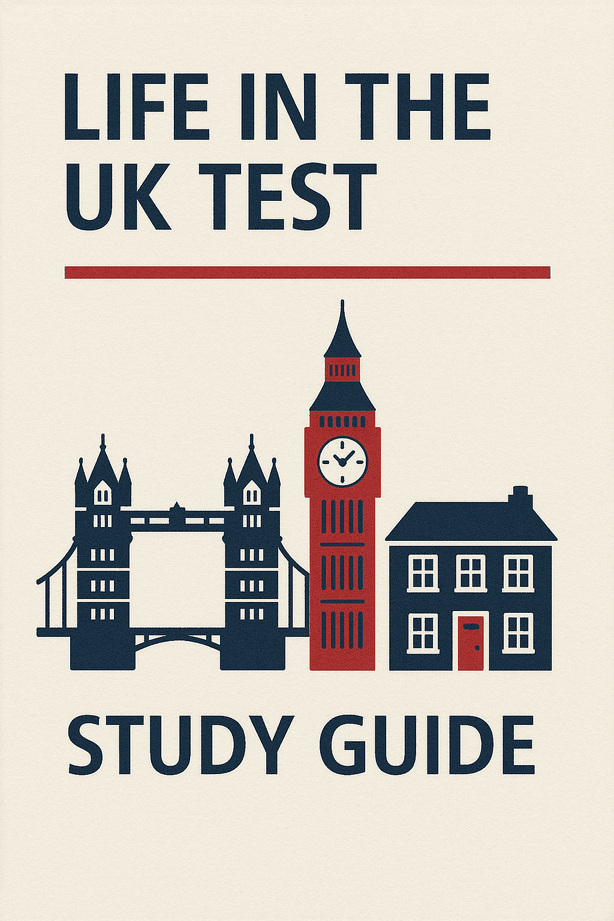
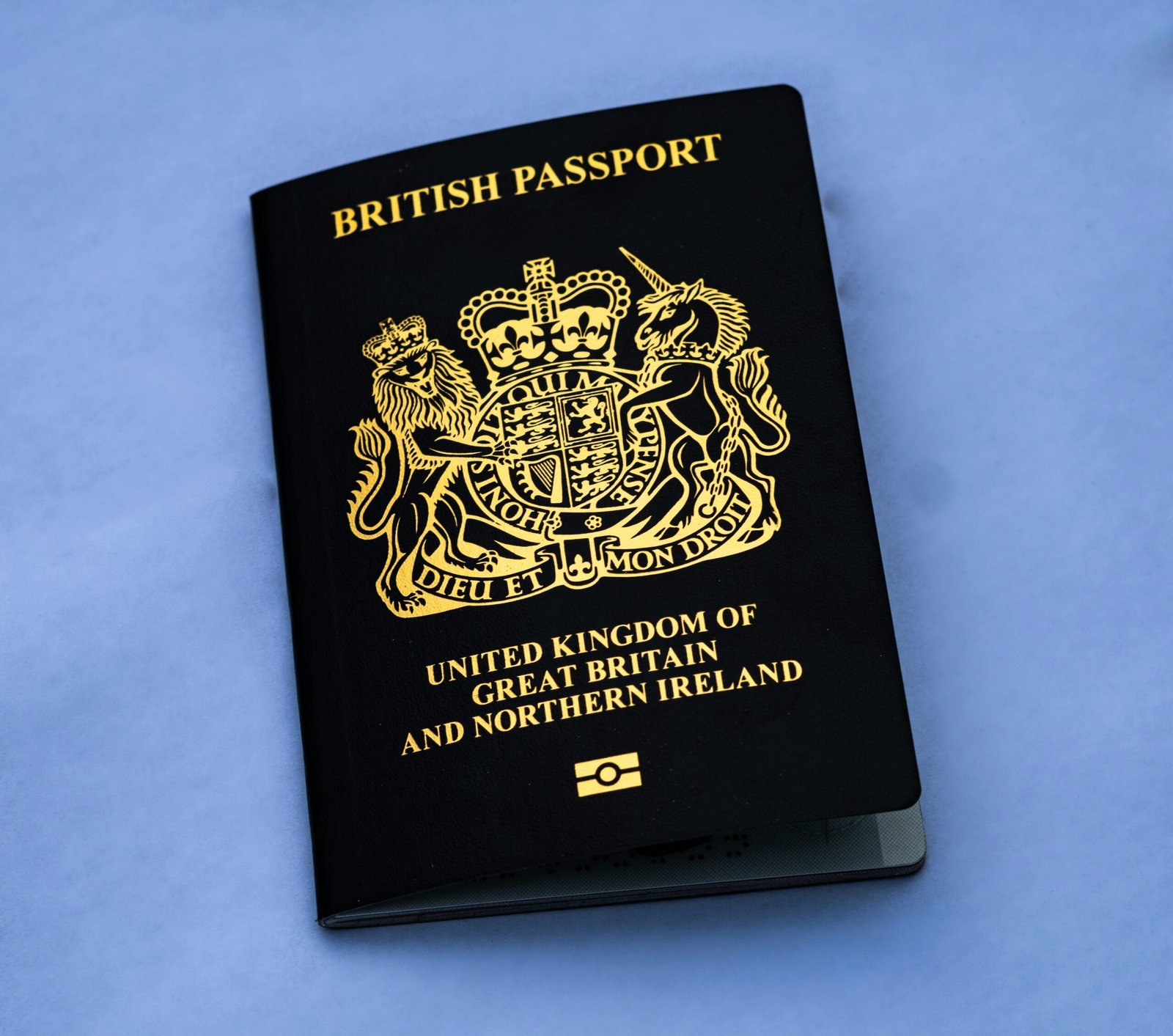
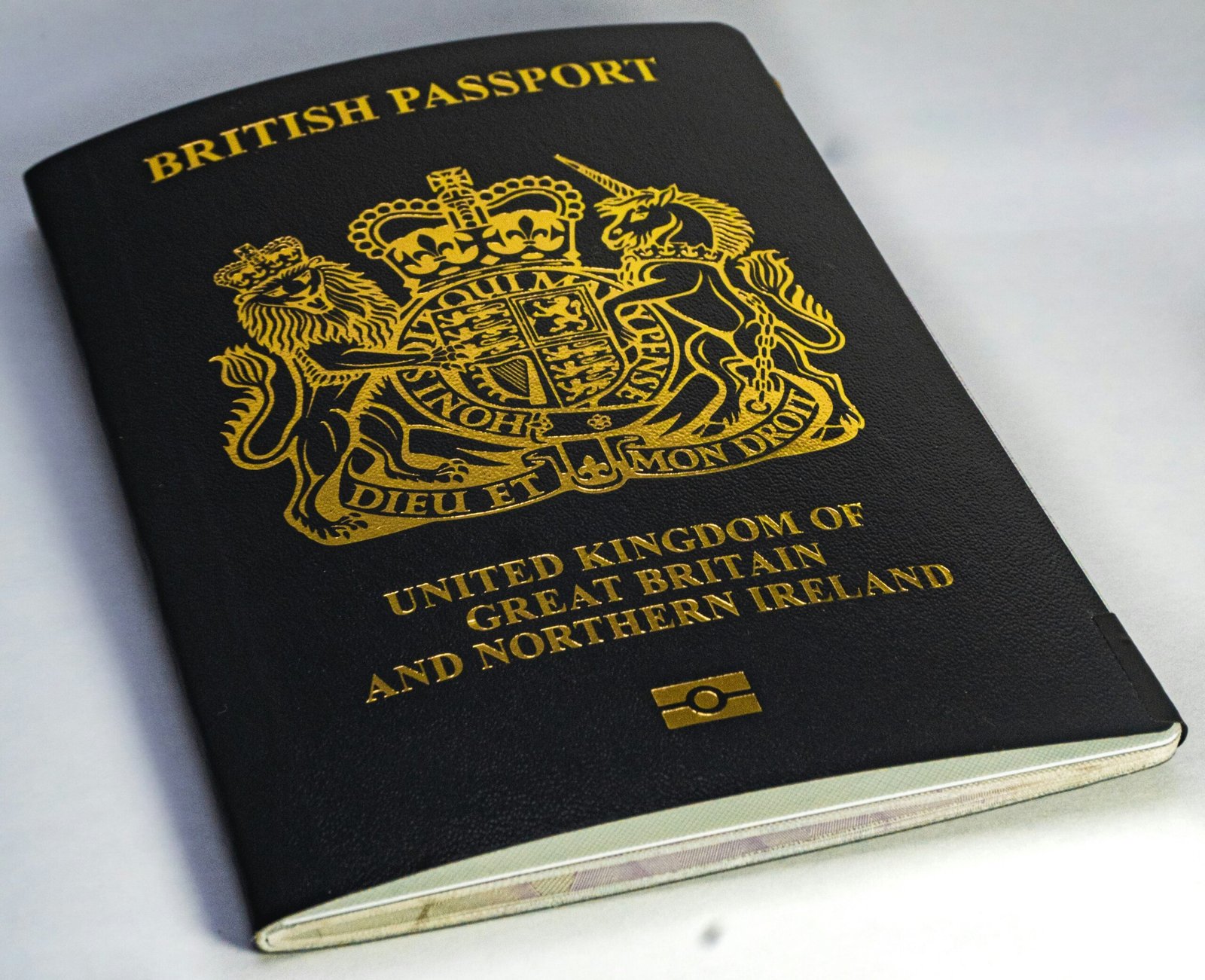



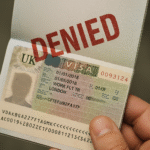




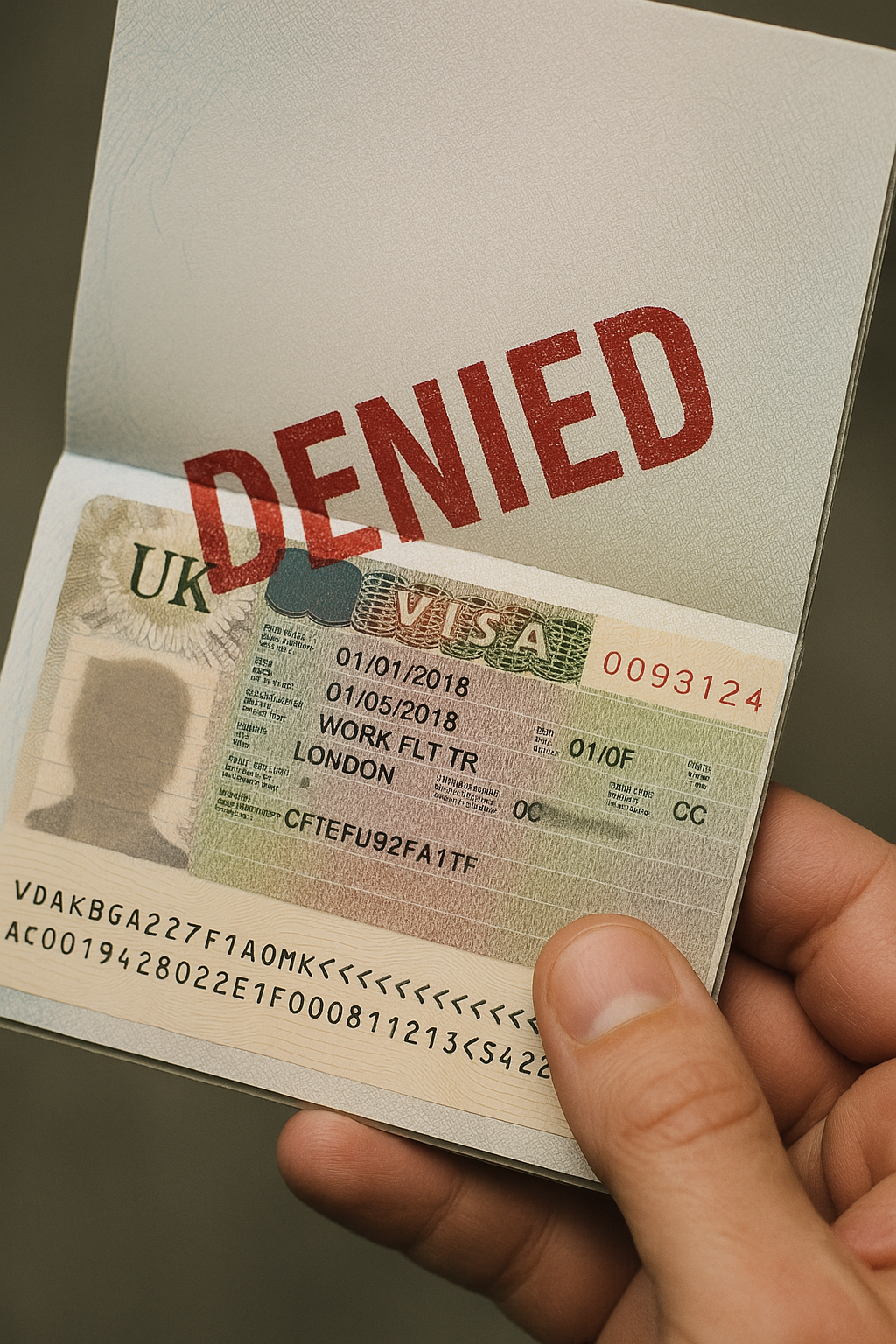
Leave a comment